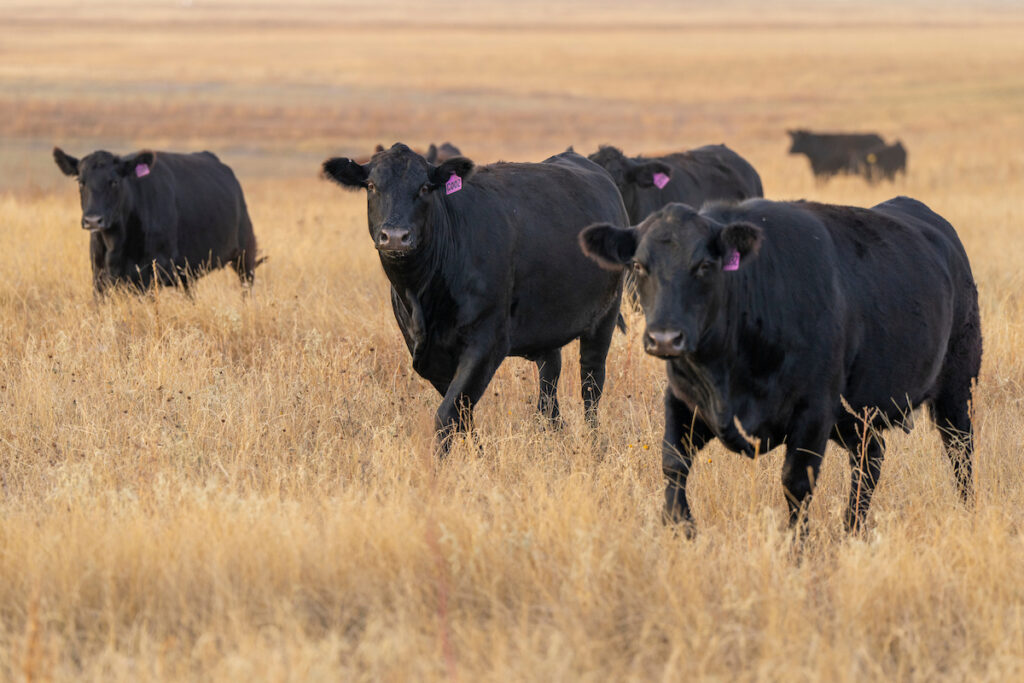Time to check livestock’s trace mineral levels
Texas A&M Veterinary Medical Diagnostic Laboratory expert explains importance of assessing livestock minerals
Trace minerals play an important role in livestock health. They aid in bodily functions, production of offspring and an animal’s overall wellbeing. A Texas A&M Veterinary Medical Diagnostic Laboratory, TVMDL, expert said despite their importance, trace mineral imbalances are easy to overlook — at least until a health issue occurs.

As Texas transitions into the summer season, the available nutrition and supplementation that was sufficient for livestock a few months ago may now be lacking. Brandon Dominguez, DVM, veterinary services section head at TVMDL, shares the importance of nutritional assessments and how livestock producers can mitigate future issues through diagnostic testing.
What are trace minerals?
As the name suggests, trace minerals are elements the body needs in small amounts. The trace minerals most nutritionally essential for livestock are copper, cobalt, iron, manganese, molybdenum, selenium and zinc.
Animals cannot naturally synthesize trace minerals and must receive them from their diets. In the case of livestock, nutrient quality and availability may vary depending on the season, environment and access to supplementation.
“Often, the diseases and problems we see are related to nutrition,” Dominguez said. “Animals can look like they are in good condition and growing well, but they may actually have an imbalance of important trace minerals affecting their health and production.”
Signs of a mineral imbalance
Producers should consider testing animals for trace mineral imbalances if they begin to experience production problems, such as poor reproductive performance. Testing may also be considered when animals display clinical signs with no obvious infectious cause or if signs start after a change in feed.
“These minerals are parts of enzymes and molecules that the body needs. They help with oxygen transport and activate various metabolic pathways,” Dominguez said. “When there is an imbalance, you can see a variety of symptoms. With a copper deficiency, for example, we may see a lightening or graying of the hair coat in cattle. Low copper levels can affect immunity and cause poor growth and reproductive performance. In sheep, low copper levels can cause lambs to experience spinal development issues and ultimately swayback, where the hind legs are paralyzed or limited in motion.”
Though many health conditions are associated with a deficiency in trace minerals, he said some can also be caused by an excess.
“Molybdenum doesn’t have any known effects when it’s deficient. However, in excess, it can cause diarrhea, decreased growth, anemia and stiff-gaited lameness,” Dominguez said. “It also affects the hair, causing a loss of pigmentation; in wool sheep, it may cause a steely feeling wool.”
Testing for mineral imbalances
TVMDL can perform a panel test for all seven minerals at once or test for each mineral individually.
“The benefit of testing through the panel is that the minerals interact with each other,” Dominguez said. “If one is out of the normal range, it could be causing signs as if another mineral is out of range.”
TVMDL accepts various sample types, such as blood and serum, liver biopsies and feed. Testing can also be performed for a herd or an individual animal. For herd testing, Dominguez recommends sampling at least 10-15 animals to represent the herd’s overall status.
Livestock producers interested in testing for mineral imbalances should consult their local veterinarian first. Veterinarians can provide additional insight and provide treatment options if a mineral imbalance isn’t the cause of clinical signs.
For more information on TVMDL’s livestock test offerings, visit tvmdl.tamu.edu or call the diagnostic laboratories in College Station at 979-845-3414 or Canyon at 806-651-7478.





